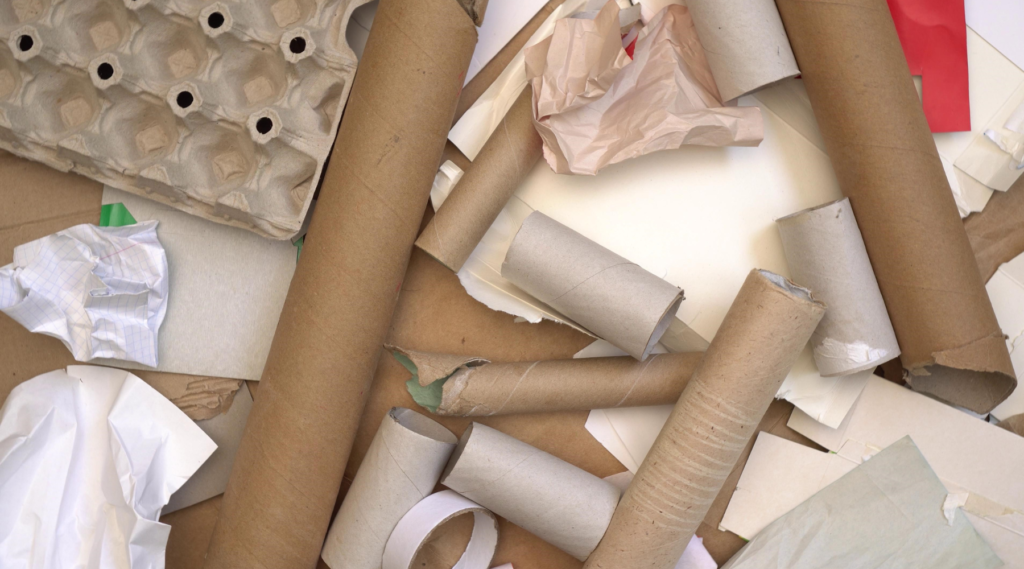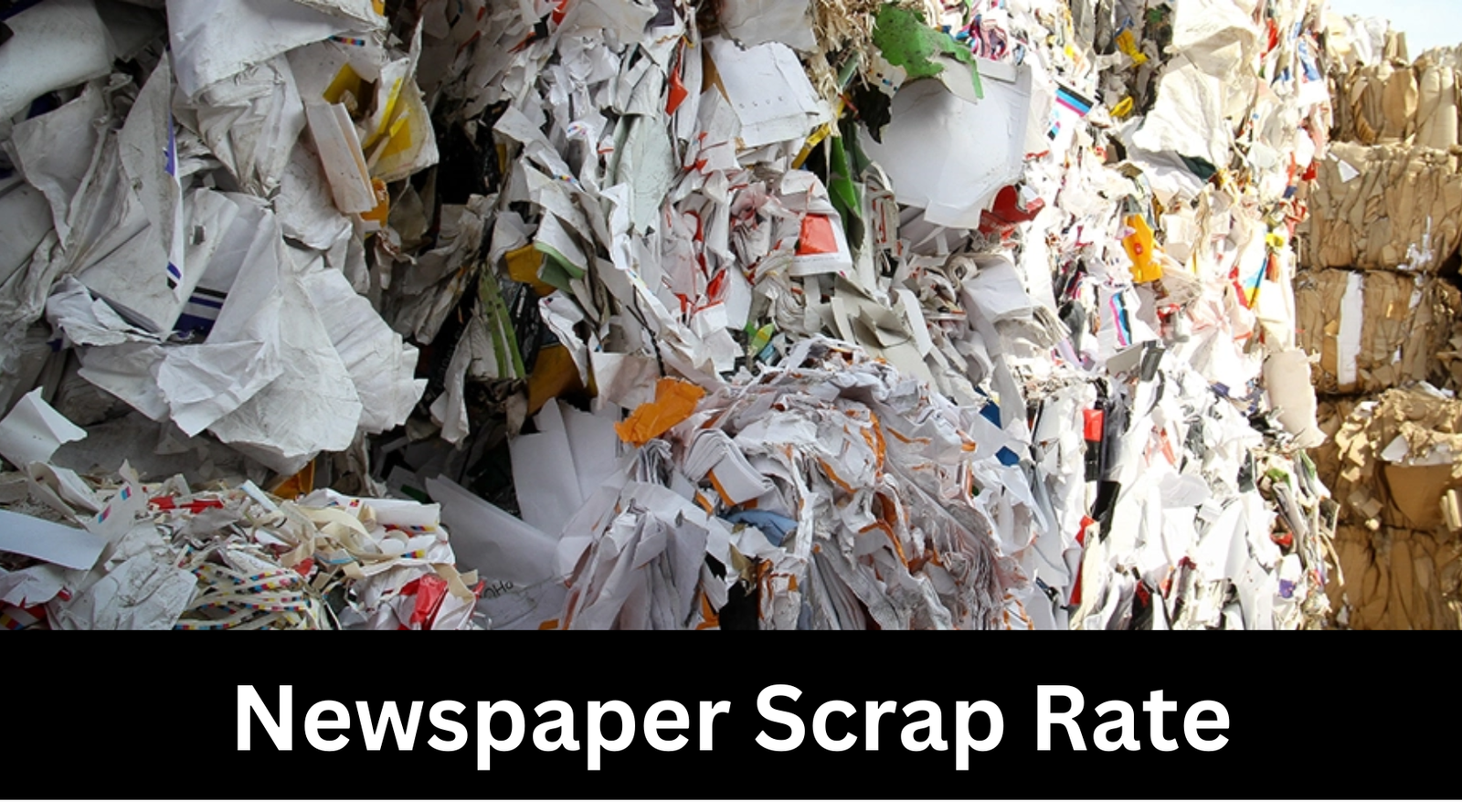The newspaper scrap rate refers to the percentage of waste generated during the production of newspapers. This waste can occur at various stages of production, including pre-production, during printing, and post-production. Understanding and managing the newspaper scrap rate is essential for optimizing production efficiency and minimizing costs.
1 Kg Waste Paper Rate
1kg waste paper rate in all parts of India. Newspaper Scrap updated market prices
Old Newspaper Price | Raddi Paper Rate
| Raddi Pepar Scrap | Yesterday Price (Kg) | Today Price (Kg) |
|---|---|---|
| Old Newspaper | 11 rs | 11 rs |
| Corrugated cardboard | 13 rs | 13 rs |
| Office paper | 13 rs | 13 rs |
| Mixed Pepar | 8 rs | 8 rs |
Raddi Scrap Paper Rate Today in Tons
| Mandi | State | Scrap Type | Price (Ton) |
|---|---|---|---|
| Delhi | Delhi | Pepar | 17950 (+100) |
| Gobindgarh | Panjab | Pepar | 24700 (+200) |
| Ludhiana | Panjab | Pepar | 17900 (-100) |
| Kanpur | Uttar Pradesh | Pepar | 21050 (+100) |
| Bhopal | Uttar Pradesh | Pepar | 17100 (+100) |
| Muzaffarnagar | Madhya Pradesh | Pepar | 18800 (+200) |
| Indore | Madhya Pradesh | Pepar | 14200 (+100) |
| Uttar Pradesh | Tamil Nadu | Pepar | 14100 (-100) |
| Mumbai | Maharashtra | Pepar | 14400 (+100) |
| Jalna | Maharashtra | Pepar | 15200 (-100) |
| Ahmedabad | Gujarat | Pepar | 15800 (+100) |
| Alang | Gujarat | Pepar | 16500 (+100) |
| Jaipur | Rajasthan | Pepar | 14700 (+100) |
| Raipur | Chattisgarh | Pepar | 15300 (-100) |
| Hyderabad | Telangana | Pepar | 15000 (+0) |
| Chennai | Tamil nadu | Pepar | 23500 (+0) |
| Kolkata | West Bengal | Pepar | 16210 (+100) |
| Durgapur | West Bengal | Pepar | 15800 (-100) |
| Jammu | Jammu & Kashmir | Pepar | 13000 (+100) |
Monitoring the scrap rate in newspaper production is crucial for several reasons. It helps in identifying inefficiencies, reducing material waste, and improving overall production processes. Additionally, a lower scrap rate contributes to environmental sustainability by minimizing the waste generated.

Understanding Scrap Paper Price
Definition and Overview
Scrap Paper Price is a metric used to quantify the amount of unusable material produced during the newspaper printing process. It is usually expressed as a percentage of the total material used. A high scrap rate indicates inefficiencies in the production process, while a low scrap rate signifies a more efficient operation.
Similar Scrap Rates:
- Plastic Scrap Rate Today in India
- Today Brass Scrap Rate | Latest Price Updates
- Copper Scrap Rate Today
Factors Affecting Scrap Rate in Newspaper Production
Several factors can influence the scrap rate in newspaper production, including:
- Quality of raw materials: Poor quality paper or ink can lead to higher scrap rates.
- Equipment condition: Outdated or poorly maintained machinery can increase waste.
- Operator skill level: Inexperienced operators may cause more errors, leading to higher scrap rates.
Types of Newspaper Scrap

Pre-Production Scrap
Pre-production scrap refers to the waste generated before the actual printing process begins. This can include errors in design, mistakes in material preparation, or issues with the printing plates.
Production Scrap
Production scrap occurs during the printing process itself. This includes misprints, paper jams, or any other issues that result in unusable newspapers.
Post-Production Scrap
Post-production scrap includes waste generated after the newspapers have been printed. This can involve damaged products during transportation or storage, as well as returns from unsold copies.
Measuring Newspaper Scrap Rate
Tools and Techniques
Accurately measuring the newspaper scrap rate requires the use of various tools and techniques, such as:
- Automated tracking systems: These systems monitor waste in real time and provide detailed reports.
- Manual counting: In smaller operations, scrap may be measured manually by counting defective newspapers.
Reducing Newspaper Scrap Rate
Best Practices in Production
To reduce the newspaper scrap rate, producers should adopt best practices such as:
- Regular equipment maintenance: Ensuring that machinery is in good condition can help minimize waste.
- Training for operators: Well-trained operators are less likely to make errors that result in scrap.
Technological Innovations
Advancements in printing technology have made it possible to reduce scrap rates significantly. For example, digital printing systems can produce more accurate prints with less waste.
Practical Applications for Newspaper Publishers

Implementation Strategies
To effectively reduce scrap rates, newspaper publishers should:
- Adopt new technologies: Investing in the latest equipment can reduce waste significantly.
- Focus on quality control: Regular quality checks can help identify issues before they result in waste.
Training and Development
Continuous training for operators and other staff members is essential for maintaining low scrap rates. Publishers should invest in ongoing education to ensure their team is up-to-date on the latest best practices.
Conclusion
Recap of Key Points
The newspaper scrap rate is a critical metric for any newspaper producer. Producers can achieve significant economic and environmental benefits by understanding, measuring, and reducing scrap rates.

